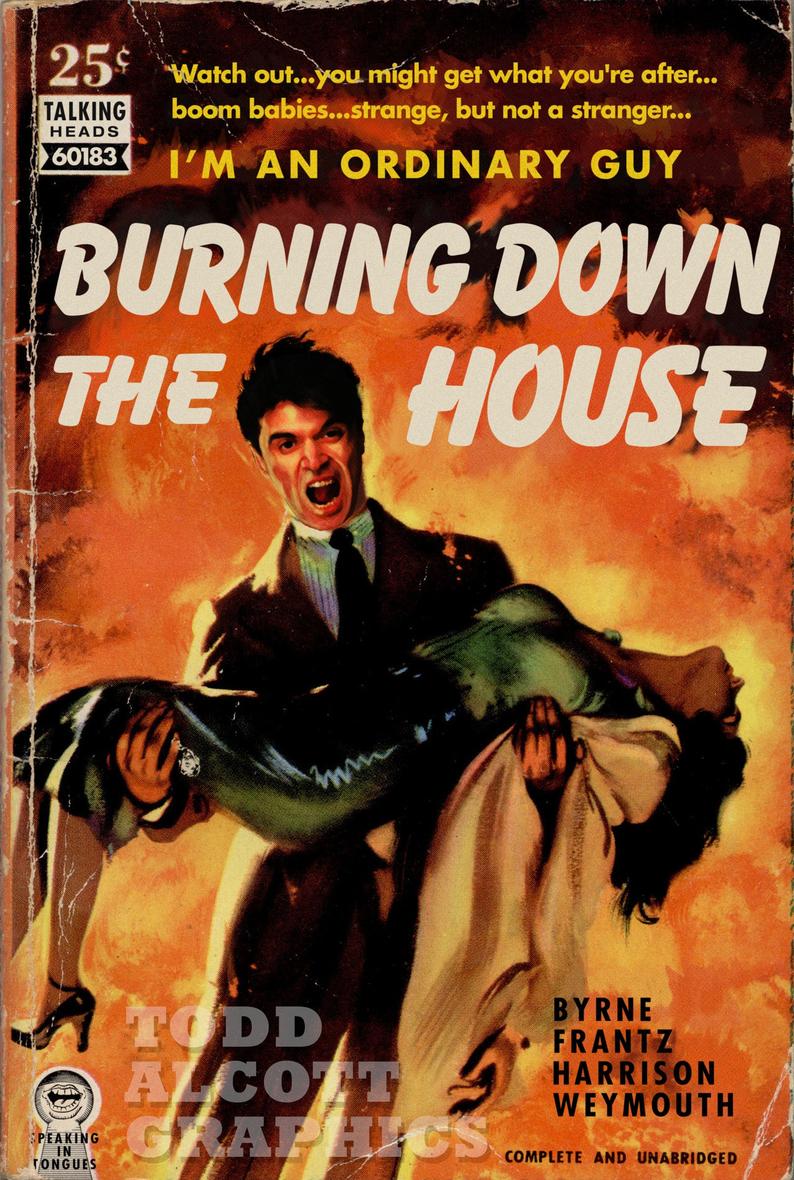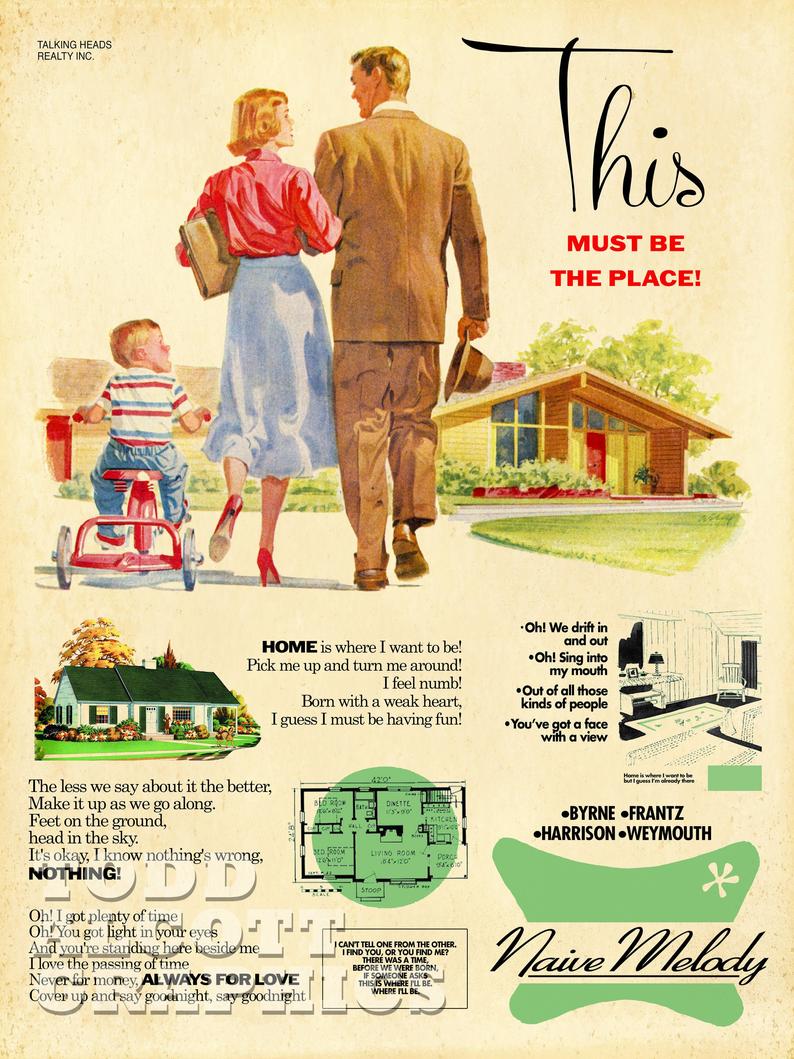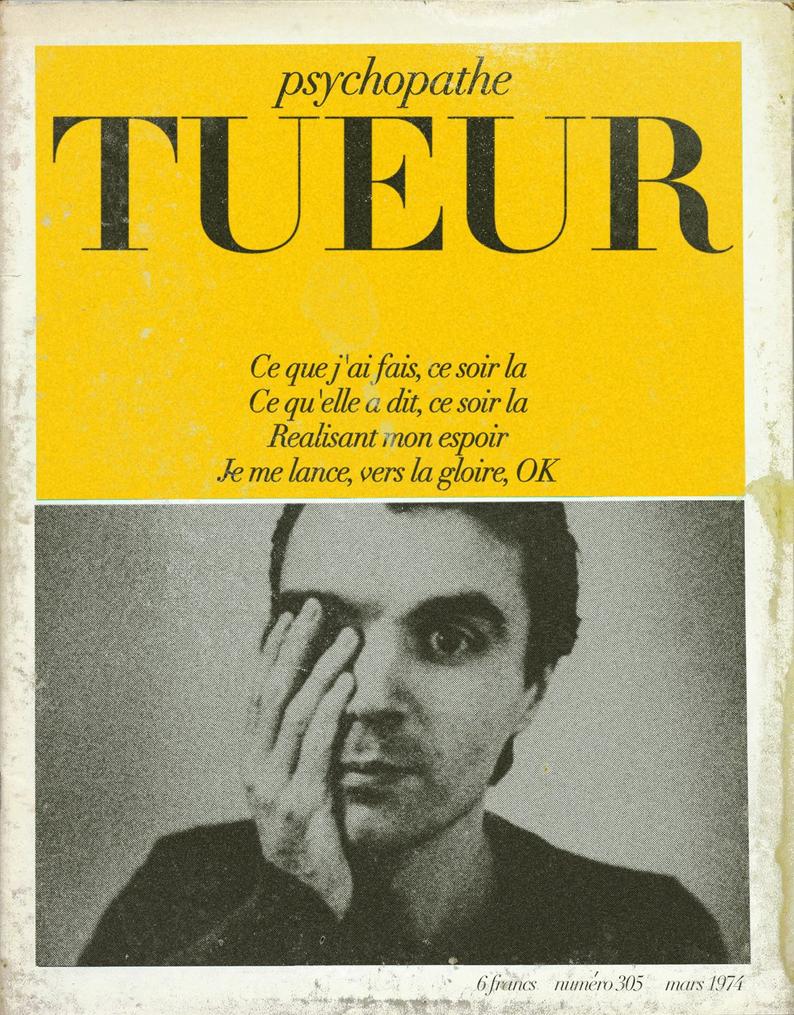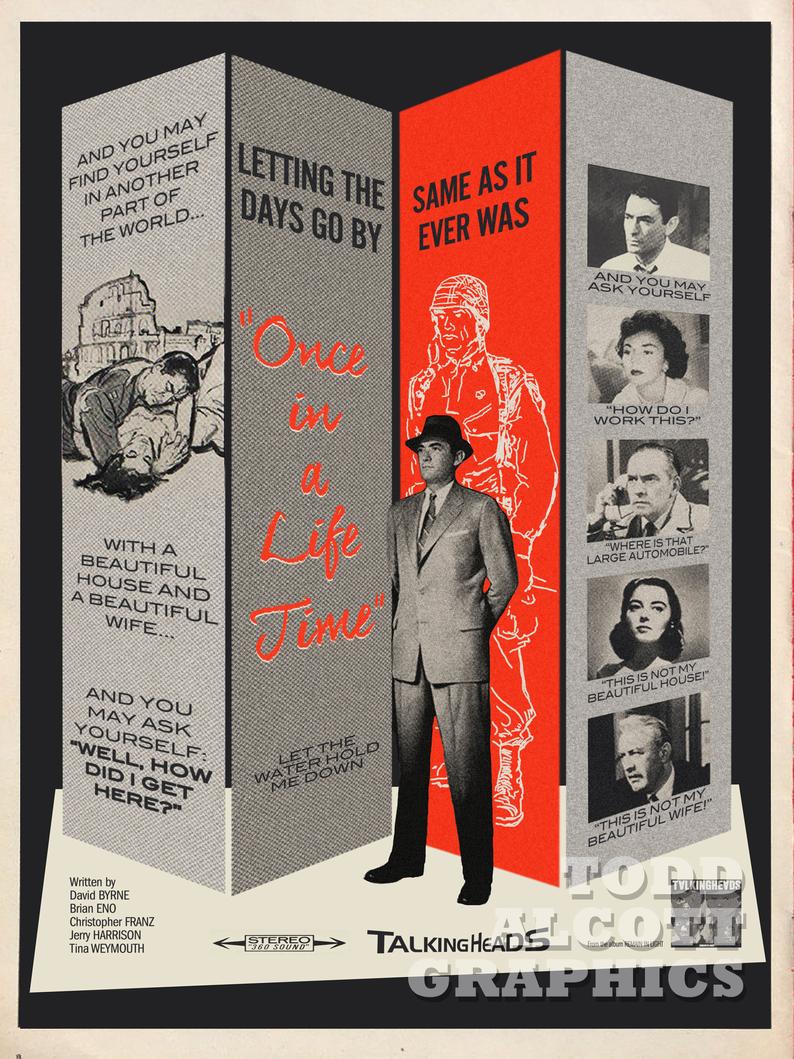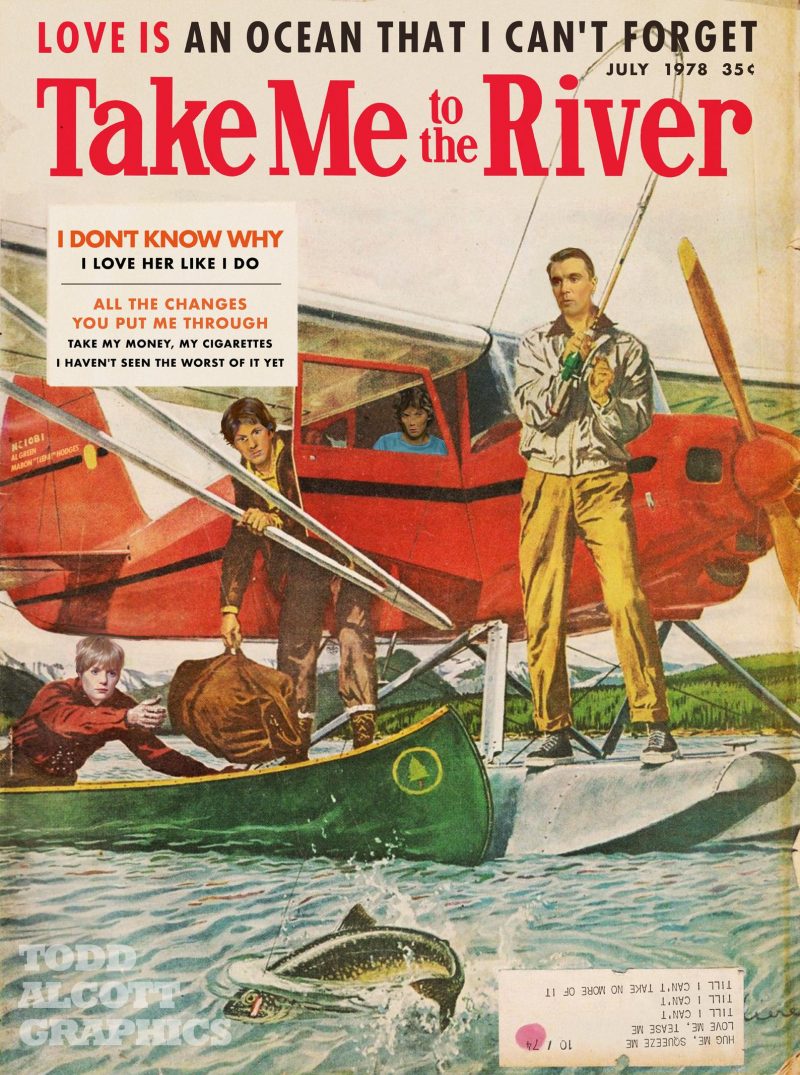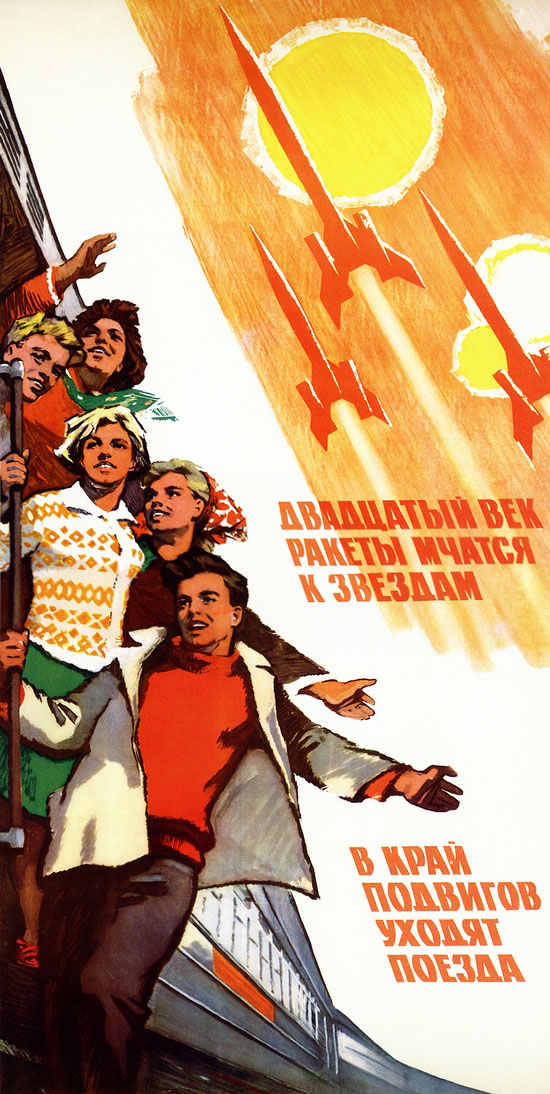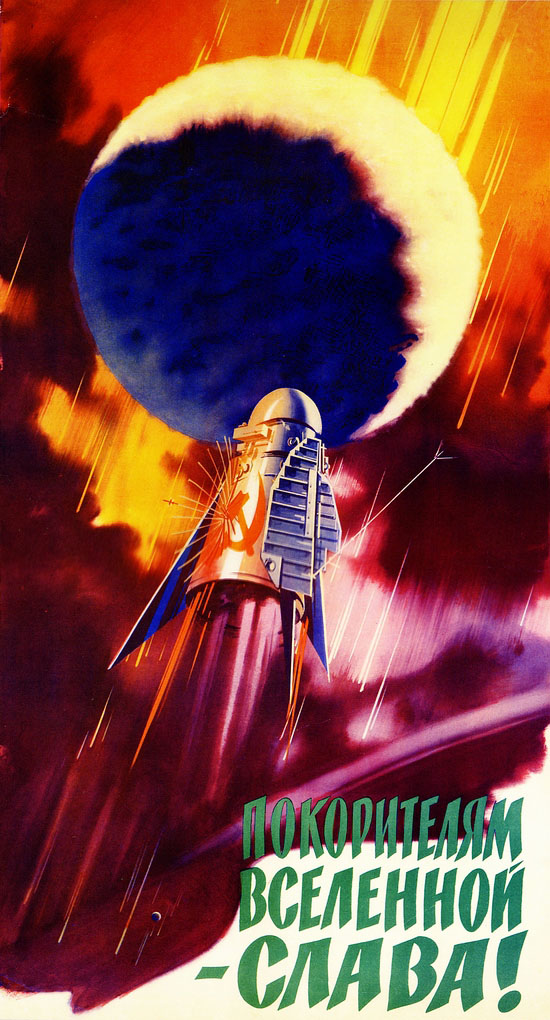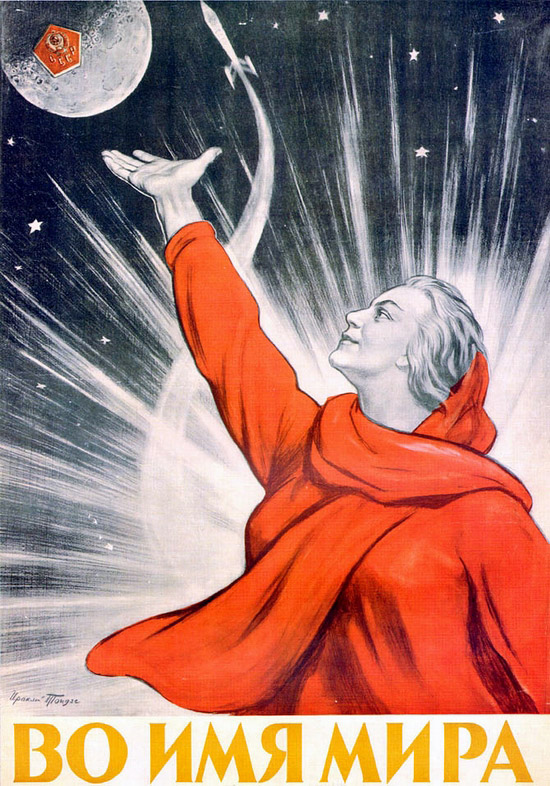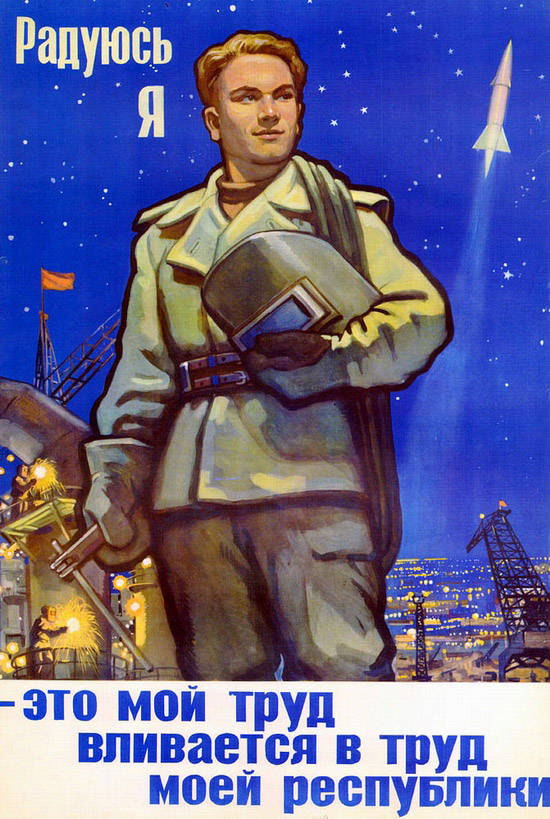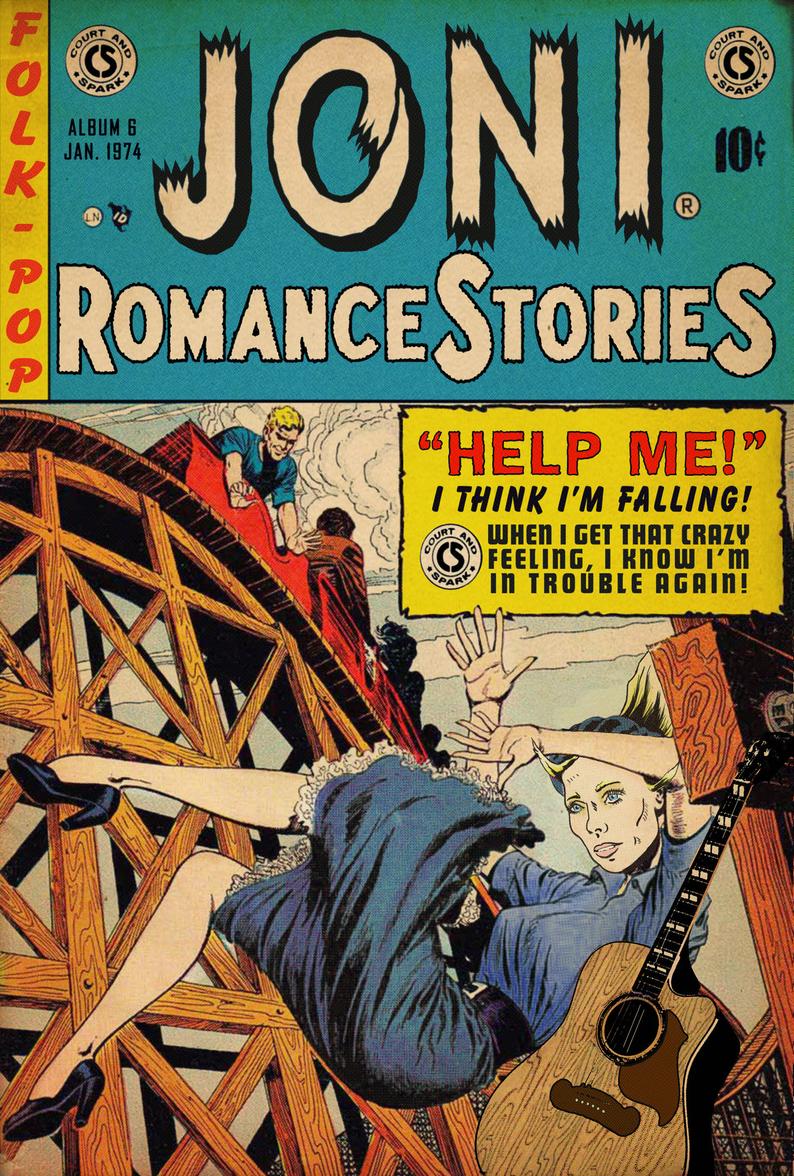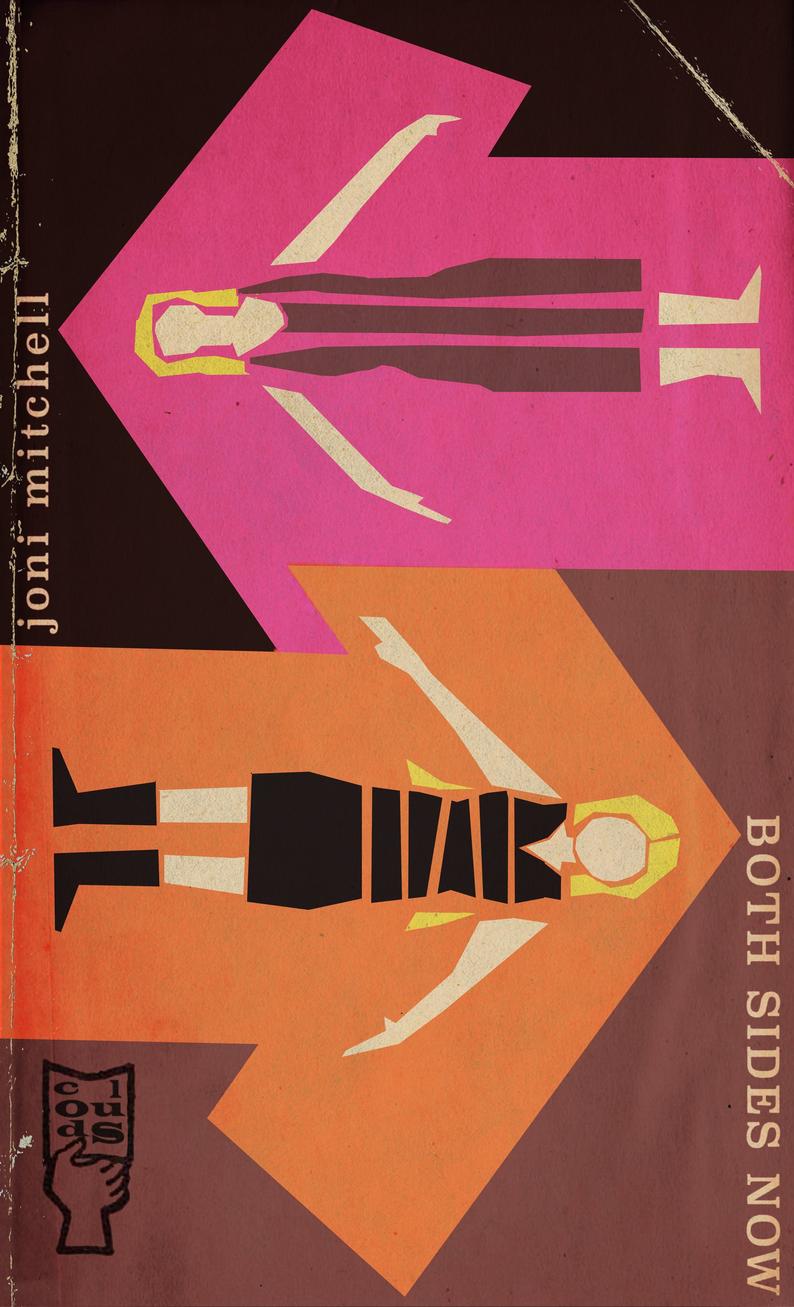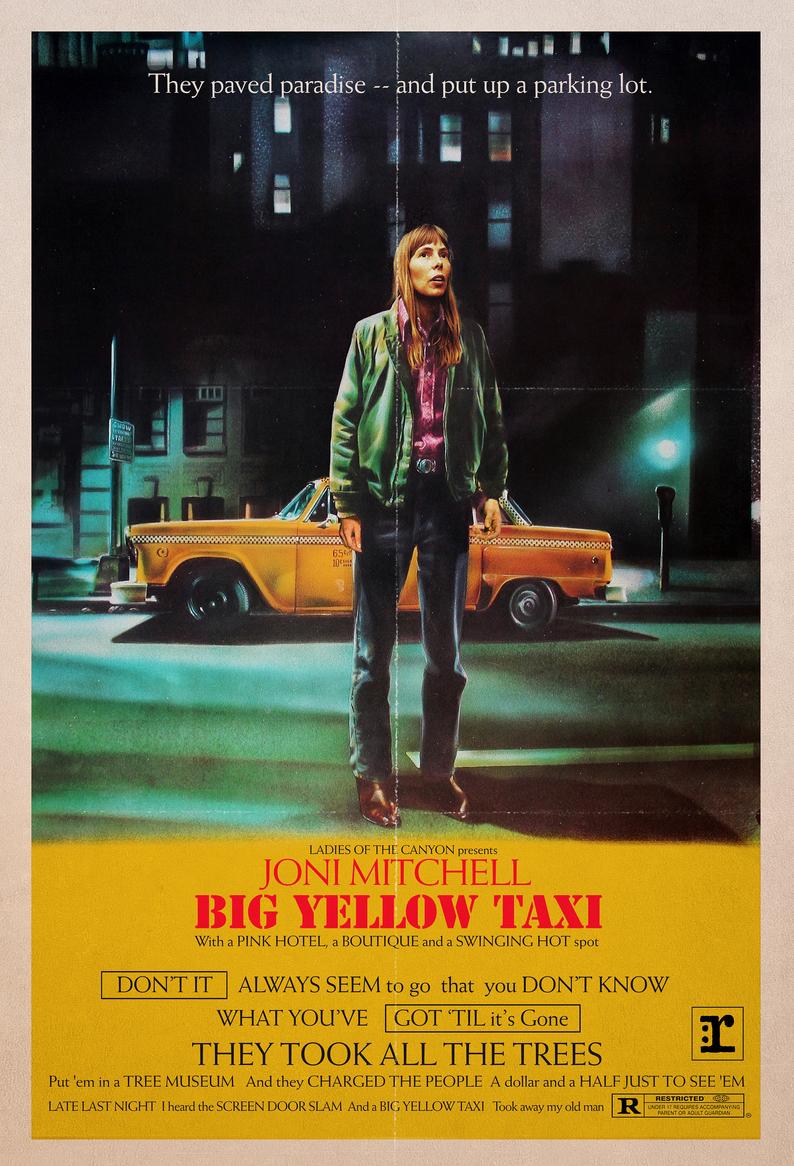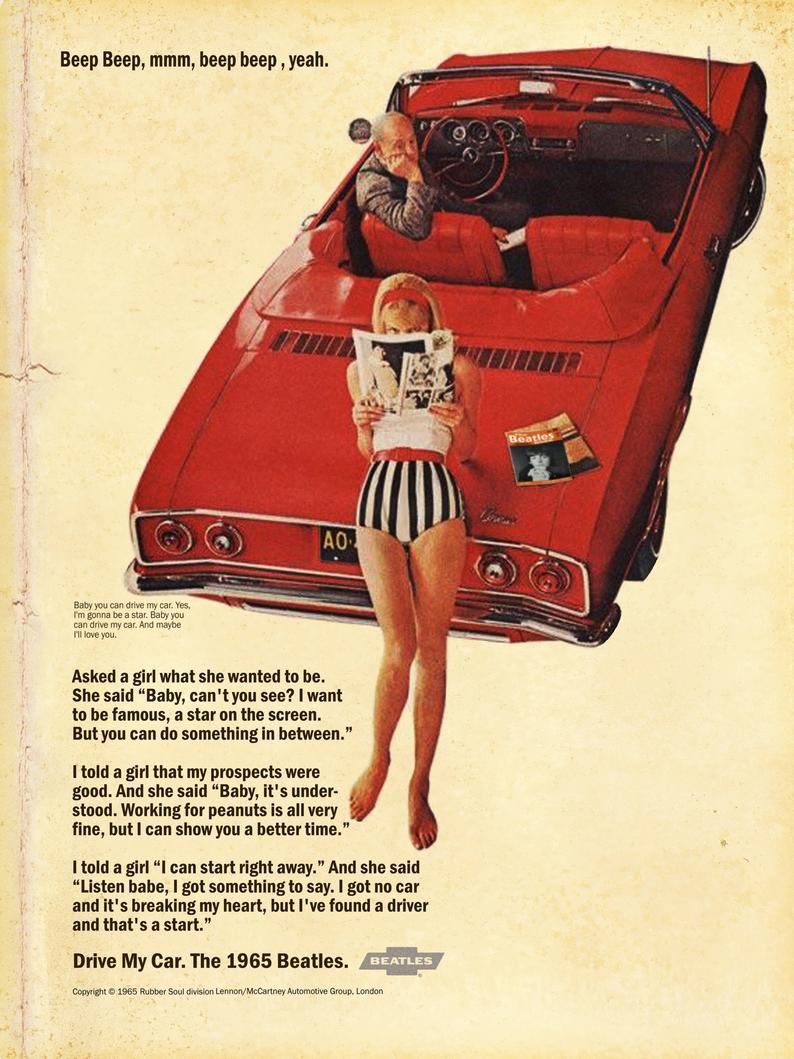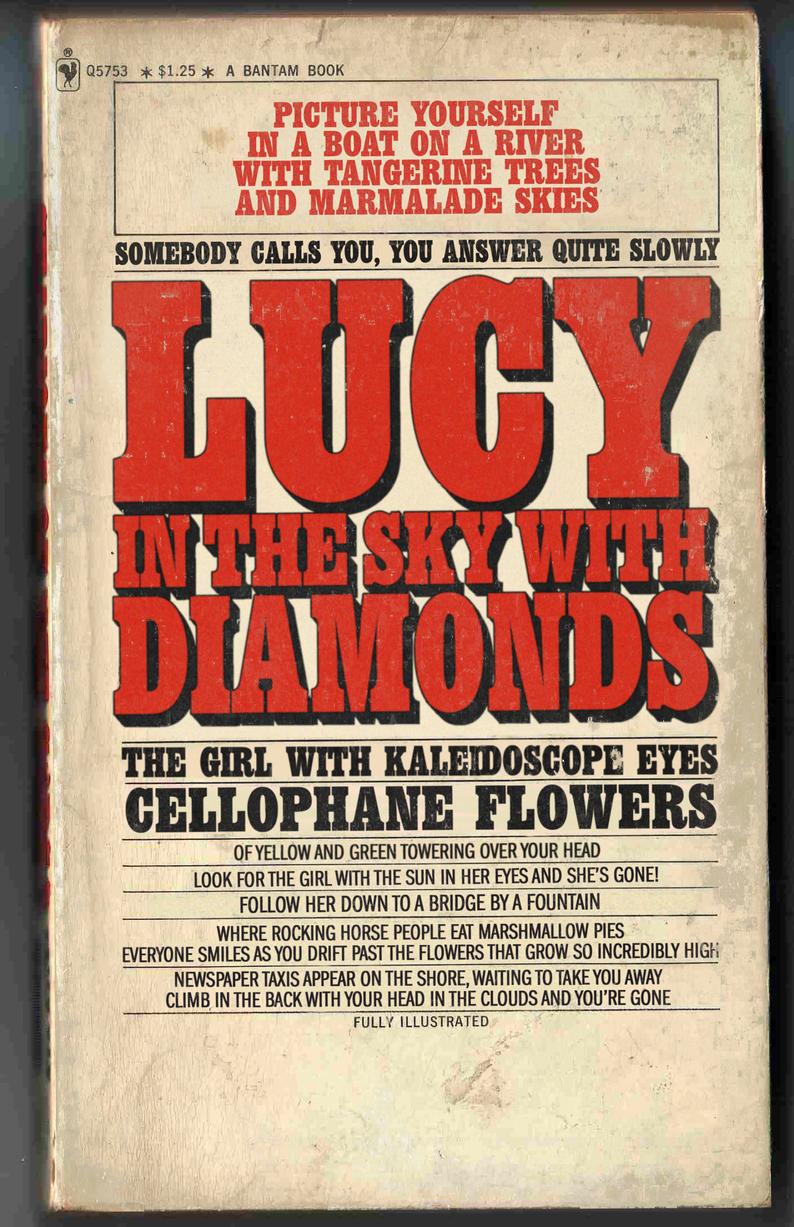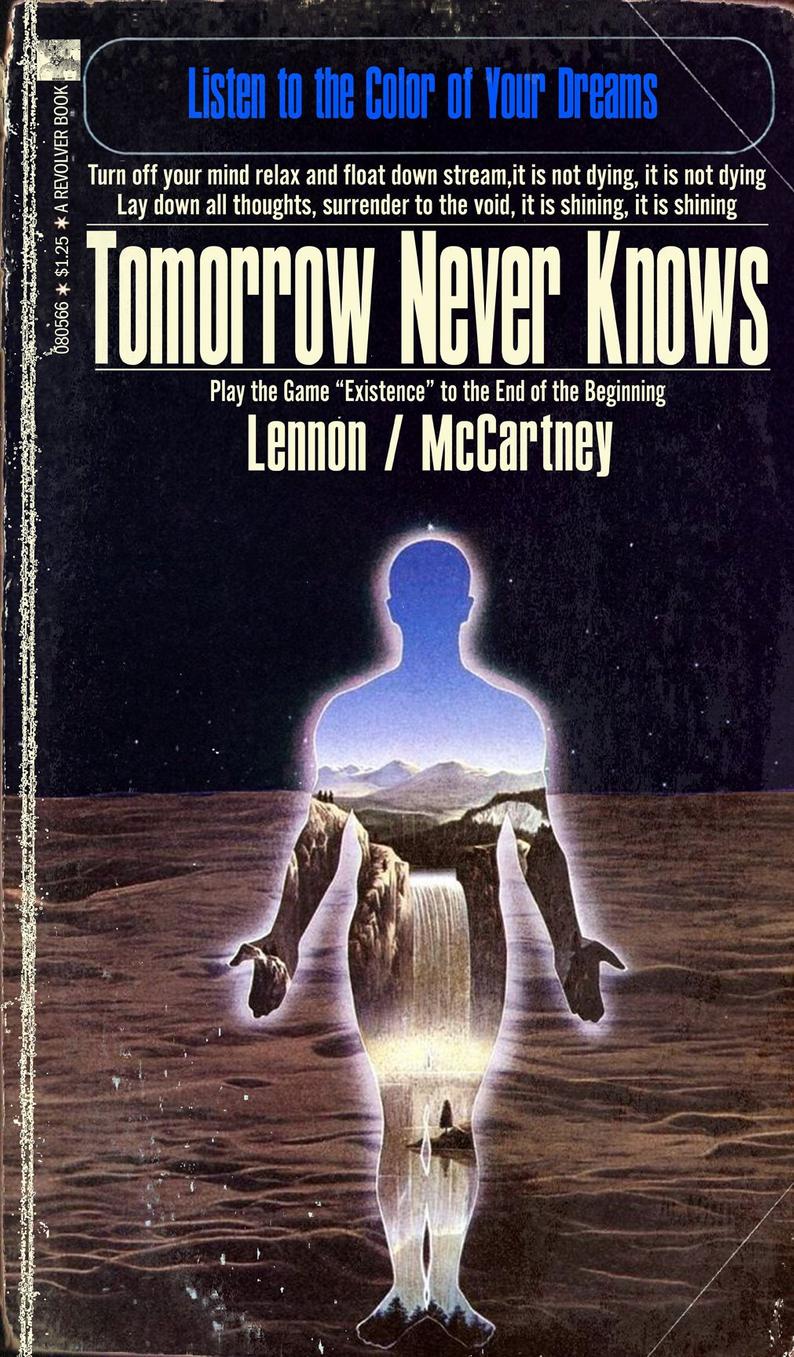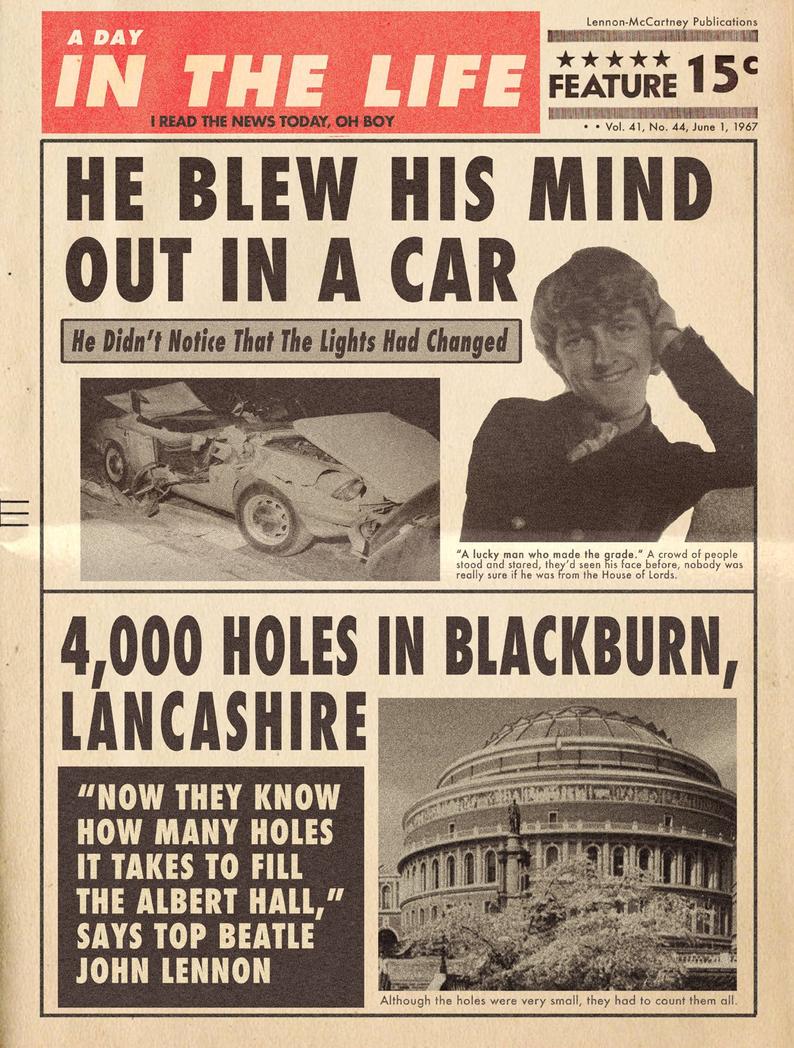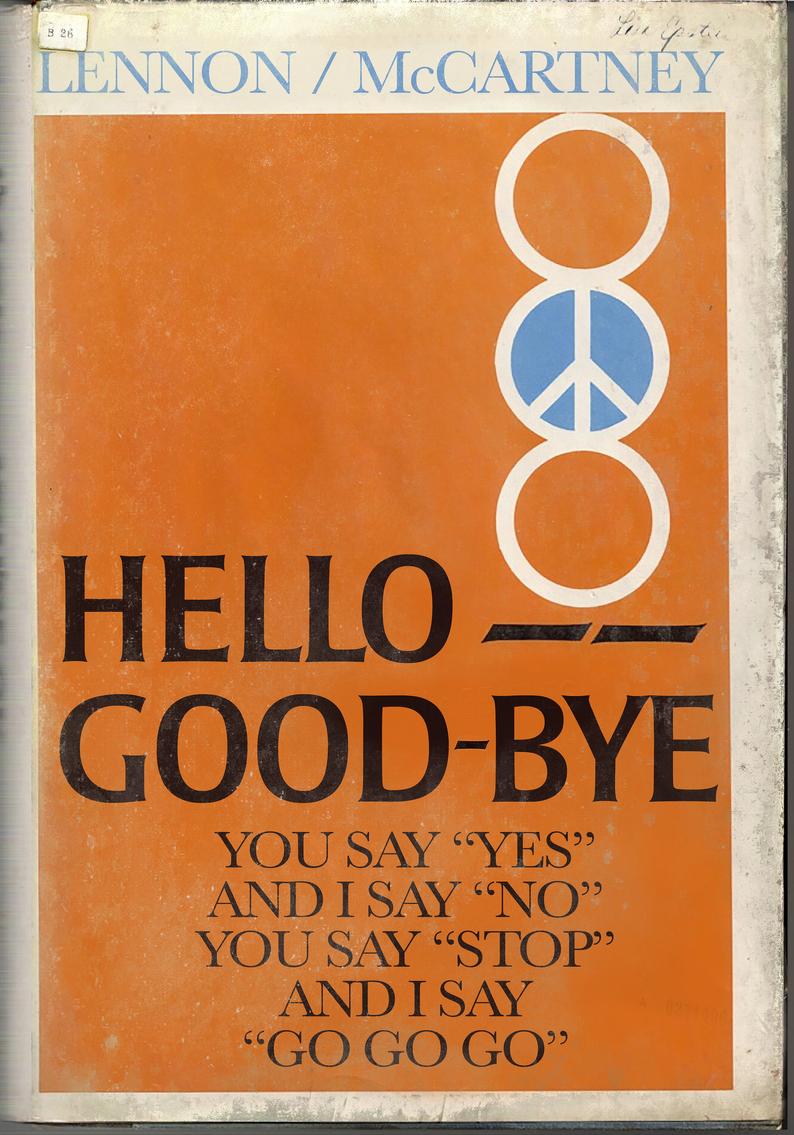This year marks the centennial of the Bauhaus, the German art-and-design school and movement whose influence now makes itself felt all over the world. The clean lines and clarity of function exhibited by Bauhaus buildings, imagery, and objects — the very definition of what we still describe as “modern” — appeal in a way that transcends not just time and space but culture and tradition, and that’s just as the school’s founder Walter Gropius intended. A forward-looking utopian internationalist, Gropius seized the moment in the Germany left ruined by the First World War to make his ideals clear in the Bauhaus Manifesto: “Together let us call for, devise, and create the construction of the future, comprising everything in one form,” he writes: “architecture, sculpture and painting.”
In about a dozen years, however, a group with very little time for the Bauhaus project would suddenly rise to prominence in Germany: the Nazi party. “Their right-wing ideology called for a return to traditional German values,” says reporter Michael Tapp in the Quartz video above, “and their messaging carried a typeface: Fraktur.” Put forth by the nazis as the “true” German font, Fraktur was “based on Gothic script that had been synonymous with the German national identity for 800 years.” On the other end of the ideological spectrum, the Bauhaus created “a radical new kind of typography,” which Museum of Modern Art curator Barry Bergdoll describes as “politically charged”: “The Germans are probably the only users of the Roman alphabet who had given typescript a nationalist sense. To refuse it and redesign the alphabet completely in the opposite direction is to free it of these national associations.”
The culture of the Bauhaus also provoked public discomfort: “Locals railed against the strange, androgynous students, their foreign masters, their surreal parties, and the house band that played jazz and Slavic folk music,” writes Darran Anderson at Citylab. “Newspapers and right-wing political parties cynically tapped into the opposition and fueled it, intensifying its anti-Semitism and emphasizing that the school was a cosmopolitan threat to supposed national purity.” Gropius, for his part, “worked tirelessly to keep the school alive,” preventing students from attending protests and gathering up leaflets printed by fellow Bauhaus instructor Oskar Schlemmer calling the school a “rallying point for all those who, with faith in the future and willingness to storm the heavens, wish to build the cathedral of socialism.” In their zeal to purge “degenerate art,” the Nazis closed the Bauhaus’ Dessau school in 1932 and its Berlin branch the following year.
Though some of his followers may have been firebrands, Gropius himself “was typically a moderating influence,” writes Anderson, “preferring to achieve his socially conscious progressivism through design rather than politics; creating housing for workers and safe, clean workplaces filled with light and air (like the Fagus Factory) rather than agitating for them.” He also openly declared the apolitical nature of the Bauhaus early on, but historians of the movement can still debate how apolitical it remained, during its lifetime as well as in its lasting effects. A 2009 MoMA exhibition even drew attention to the Bauhaus figures who worked with the Nazis, most notably the painter and architect Franz Ehrlich. But as Anderson puts it, “there are many Bauhaus tales,” and together “they show not a simple Bauhaus-versus-the-Nazis dichotomy but rather how, to varying degrees of bravery and caprice, individuals try to survive in the face of tyranny.”
Related Content:
Bauhaus, Modernism & Other Design Movements Explained by New Animated Video Series
The Nazi’s Philistine Grudge Against Abstract Art and The “Degenerate Art Exhibition” of 1937
Based in Seoul, Colin Marshall writes and broadcasts on cities, language, and culture. His projects include the book The Stateless City: a Walk through 21st-Century Los Angeles and the video series The City in Cinema. Follow him on Twitter at @colinmarshall or on Facebook.
